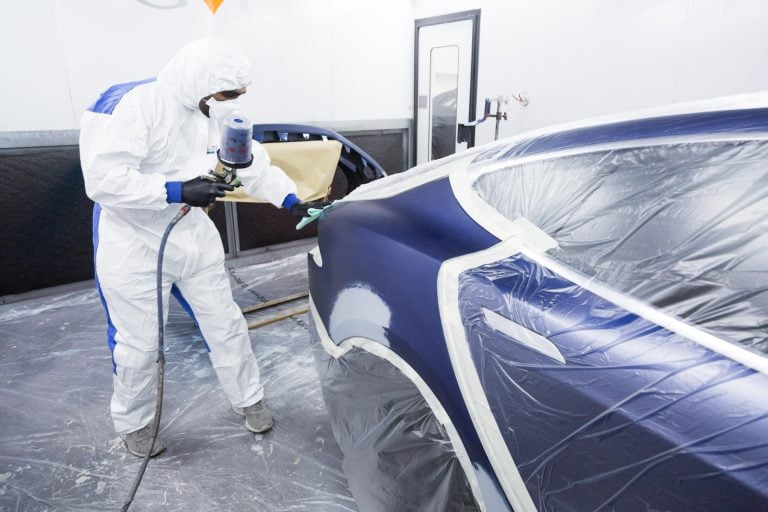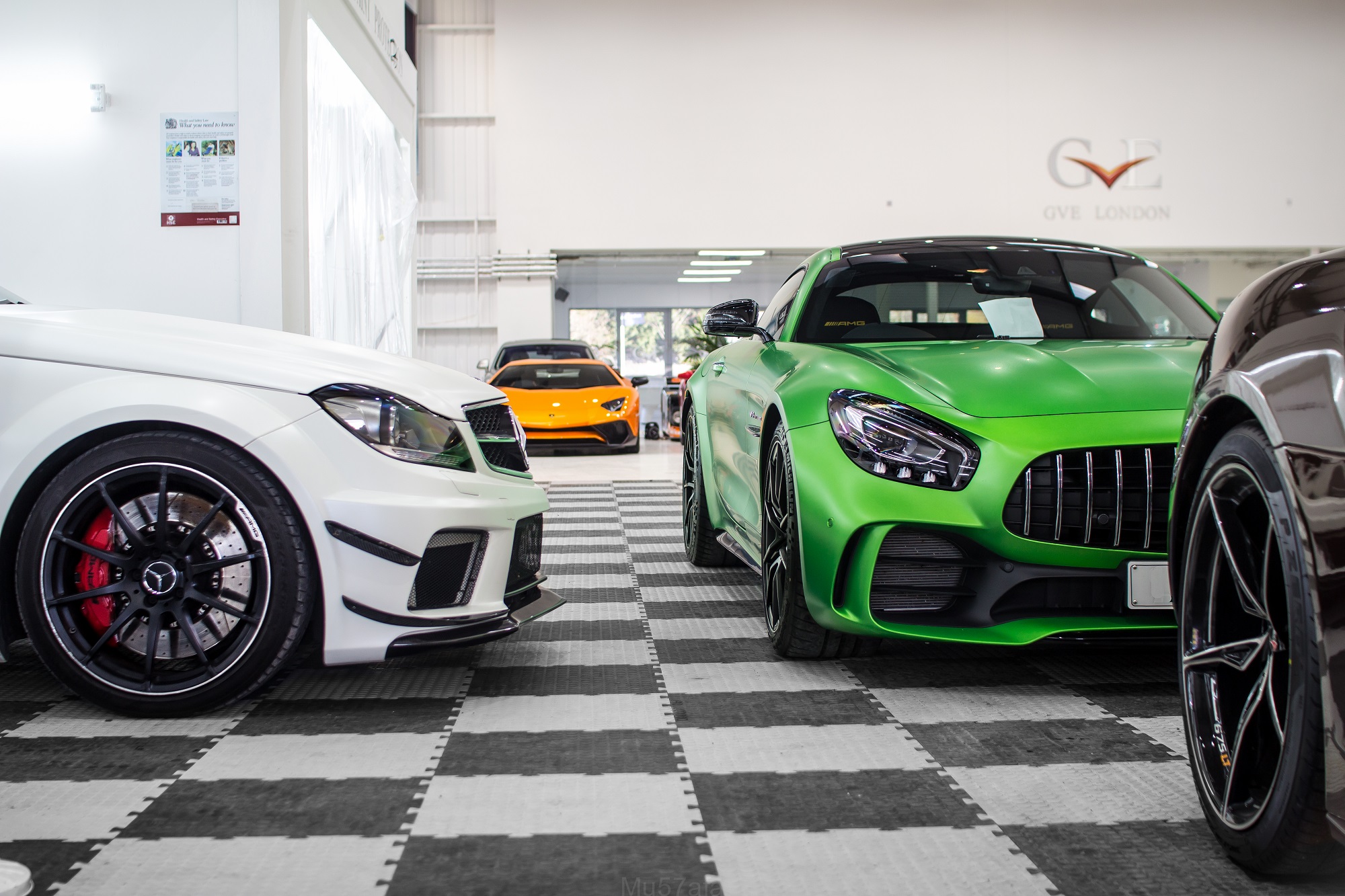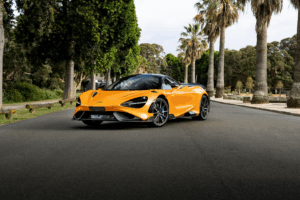- Showroom Case Studies
Used vs. New Car Export: Which Market Brings Higher ROI? | GVE London – Blog
Discover whether exporting new or used UK cars is more profitable. Learn key market insights, tax tips, and ROI strategies for destinations like Indonesia.
Exporting cars from the UK is easier now than ever before, but it still isn’t a walk in the park. One has to understand all the associated costs and have a sold estimation of time in order to realistically make profits from it. If you’re in the business of exporting cars or are thinking about dabbling in, you might find yourself wondering: is it more profitable to export brand-new cars, or do used vehicles give better returns?
There’s no blanket answer, but there are patterns worth paying attention to. Especially if you’re looking at destinations like Indonesia, where demand for both categories is shifting rapidly.
The UK: A Hub for Car Exports
First, let’s quickly talk about how the UK has long held a strong position in the global car export scene. After all, English history is incomplete without a nod to our massive automotive industry and the cultural significance it’s had. Prestigious brands like Bentley and Rolls-Royce, to luxury off-roaders like Range Rover, to performance luxury vehicles like Aston Martin and Jaguar, this great nation is beaming with car manufacturers; 80% of all cars manufactured here are exported. And yes, used vehicles are a major part of the mix.
Used Cars: Lower Entry Cost, Bigger Margins?
When calculating margins for luxury car exports, used cars can seem like a great deal as they offer great value on paper. Lower initial costs so they can be sold for cheaper, and thus, a great fit for countries like Indonesia where they slap on some heavy import taxes. Thankfully, the used market in the UK is quite diverse so there is no shortage of options either.
Let’s continue with our example for exporting luxury cars to Indonesia. Indonesia places significant taxes on luxury items, including vehicles. A new Bentley or Porsche, by the time it lands in Jakarta, could cost nearly double its UK retail price. A used model, even if it’s only two years old, slides into a more affordable range while still commanding status appeal.
The second-hand tag does not matter much as enthusiasts care more about the condition and service history of a car instead of its “fresh” status. They understand cars are machines built to last. If you buy cars from reputed supercar showroom like GVE London, they’re often in mint condition.
New Cars: More Predictable, But Heavily Taxed
Exporting new cars has its advantages, though. Even amongst the car community, some buyers want the fresh feel. They want the latest models, zero mileage, full manfuacturer warranty and a clean export process. The profits margins for you though? They’ll be taking a hit once you factor in international duties, registration costs, and currency fluctuations.
In many destination countries, new vehicles are taxed based on current retail value. That eats into ROI quickly. Unless you’re dealing in extremely high-end limited editions with waiting lists (think McLaren Elva or a Ferrari Daytona SP3), the numbers don’t always work in your favour.
With luxury car export, the key is timing. New models might fetch a premium if they haven’t yet hit foreign markets. But that window closes fast. Once local dealerships catch up, your advantage vanishes.
Read Also: The Role of Freight and Logistics in Luxury Car Export
Demand Patterns Matter
It’s important to look beyond the vehicles and into the behaviour of your target buyers.
In Indonesia, used luxury cars are seen as smart purchases. They’re aspirational, sure, but they also reflect practical thinking. Wealthier buyers still want prestige, but they’re also aware of depreciation and tax penalties. That puts well-maintained UK-sourced models in high demand.
In contrast, some Middle Eastern markets favour new stock. The appetite there is more image-driven, and the buyers often want full spec, zero-mileage prestige—right off the truck.
The takeaway? ROI depends just as much on market psychology as it does on purchase price.
Supercar Showrooms: A Special Case
Supercar showrooms are quite a haven for enthusiasts, for these shops have used cars that are as good as new. Often these showrooms house top-tier vehicles, do any necessary work, and sell them. With them, price adjusting is easier, they can take up custom requests, and move with market demand. GVE London is one such supercar showroom located in West London.
With new cars, you’re locked into MSRP and dealer supply chains.
Final Thoughts
If ROI is your main goal, used cars generally offer more breathing room. Especially if you’re selling into markets with high import taxes, strict luxury brackets, or buyers hunting for value. New cars bring prestige and predictability, but the margins are slimmer unless you’ve got an angle no one else does. Whichever path you choose, understand the rules, know your buyer, and work with reliable logistics and customs support. That’s where most deals are made—or lost. We’re a supercar service centre dealing exclusively in high-end vehicles. From repairs, to service to customisations, all things automotive, under a single roof, can be found here.
Frequently Asked Questions
Yes. You’ll need proof of ownership, a V5C logbook, and export declaration forms through HMRC. Some destination countries also require inspection certificates or emissions compliance.
Luxury SUVs like the Range Rover, Bentley Bentayga, and Mercedes G-Class tend to do well. Buyers appreciate their road presence and comfort in Indonesian traffic conditions.
It depends on infrastructure in the target country. Indonesia is still developing its EV charging network, so petrol and hybrid models are often preferred for now.
Contact Us
"*" indicates required fields
OUR SERVICES

PAINT PROTECTION FILM
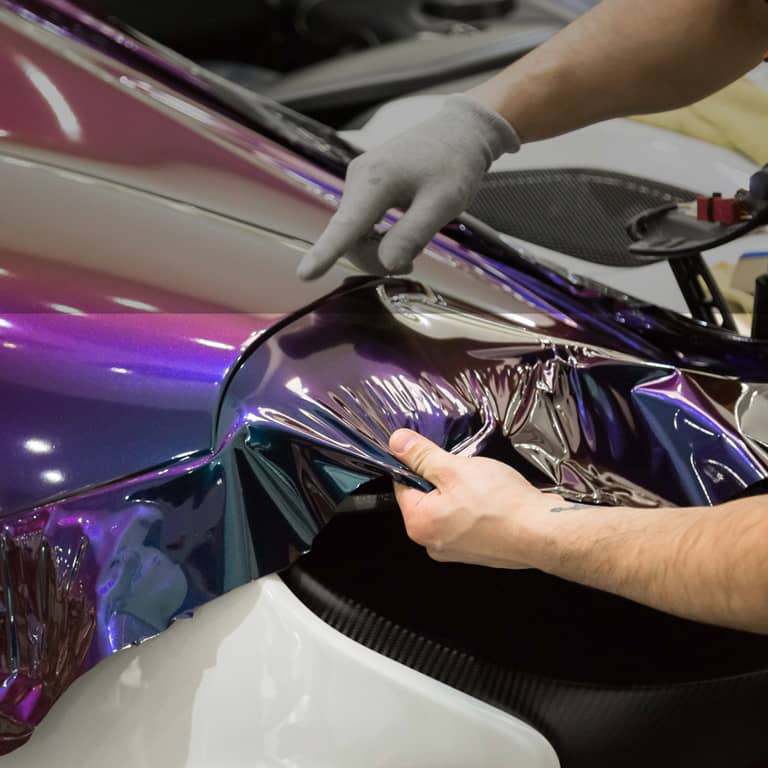
WRAPPING
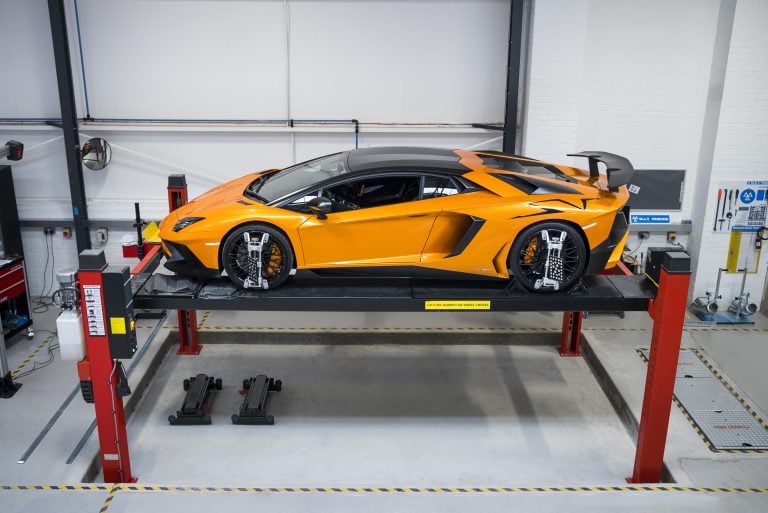
SERVICING
